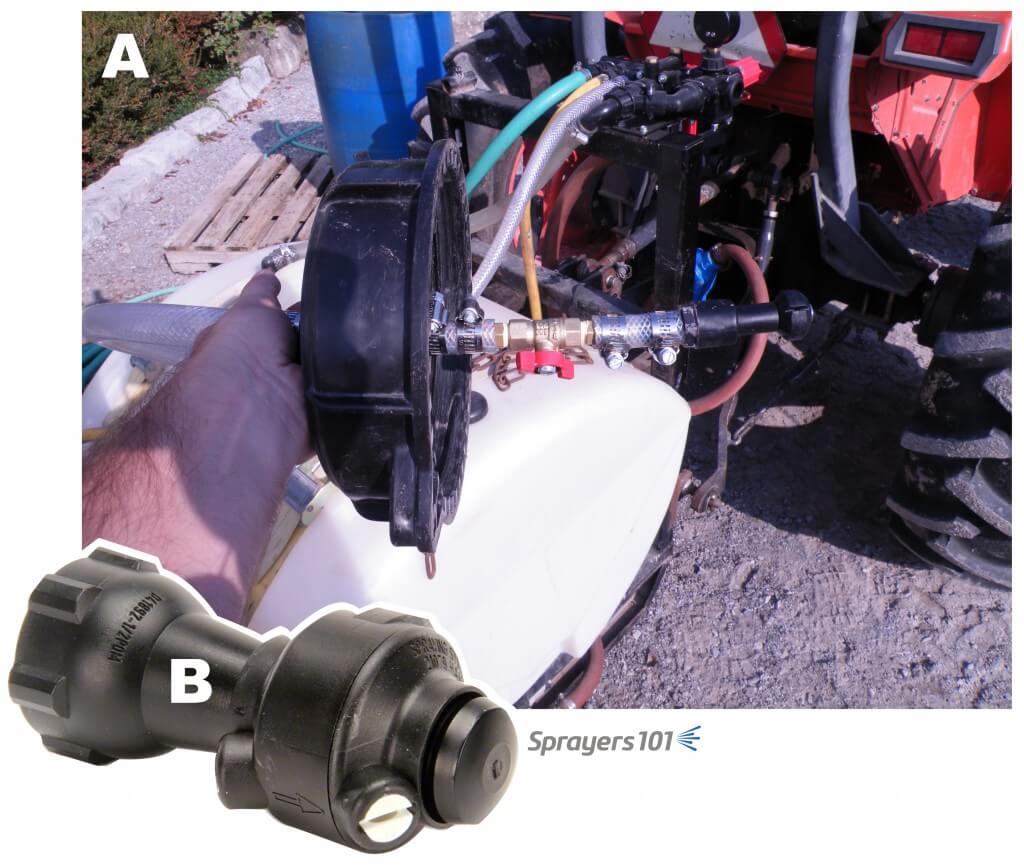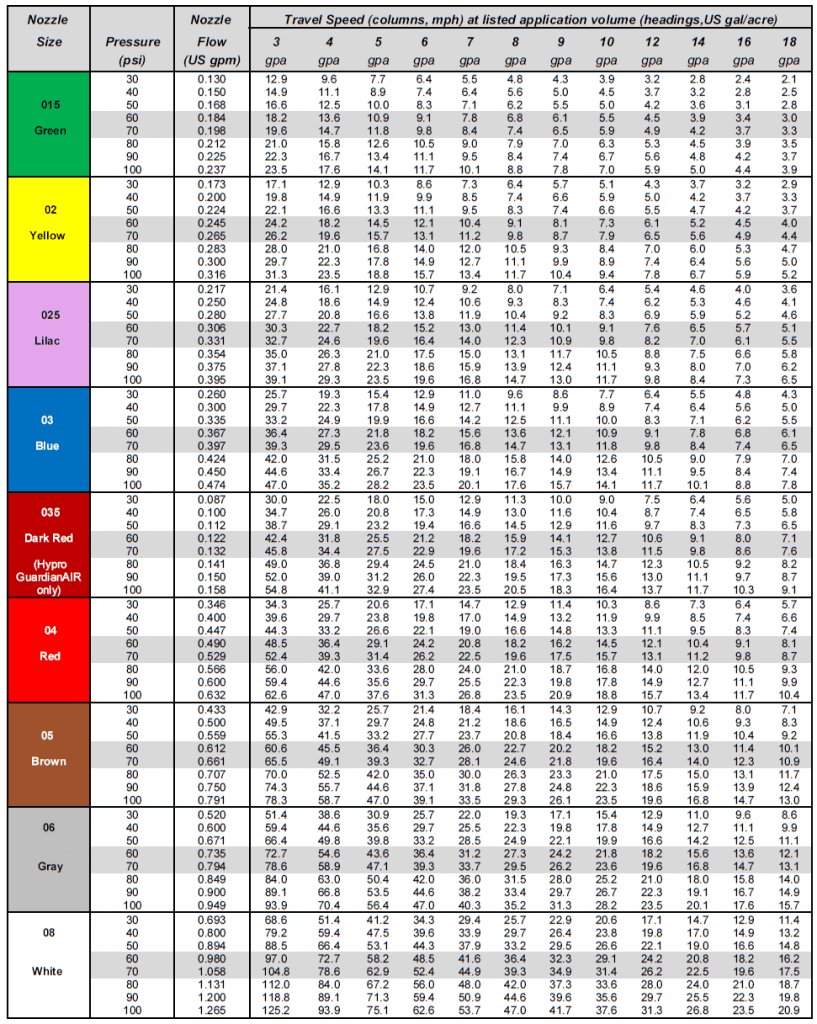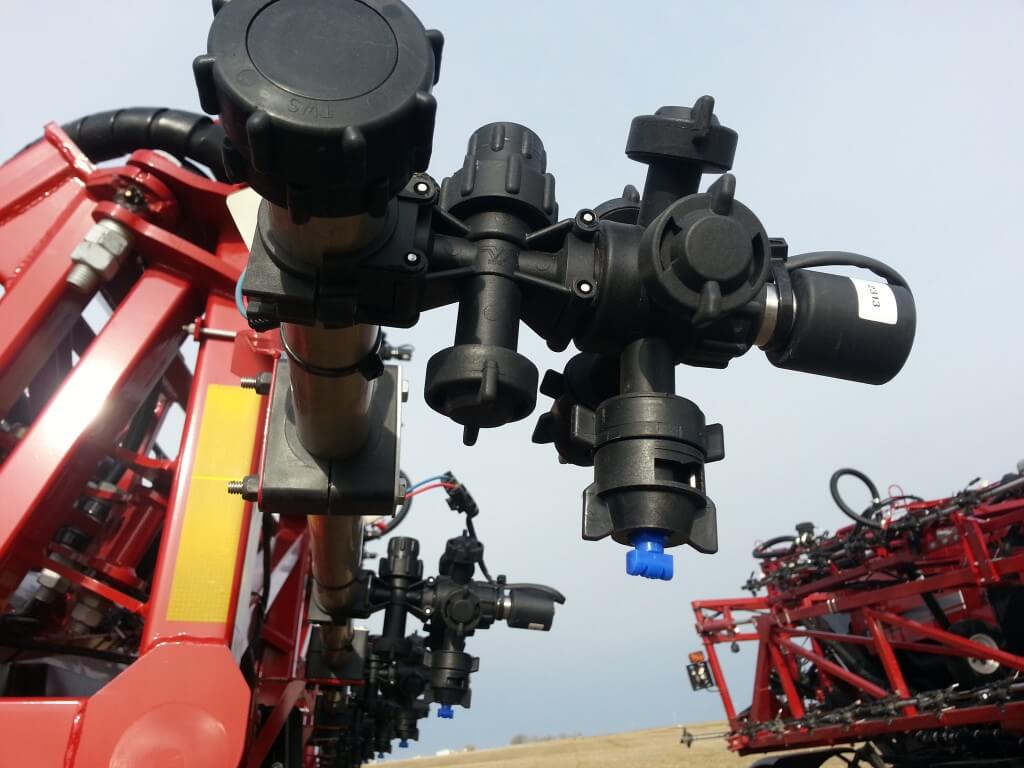
This article was co-written with Jennifer Llewellyn, OMAFRA Nursery Crop Specialist Many horticultural commodities, such as turfgrass and nursery crops, include the application of live nematodes as part of their annual IPM program. In 2013 we performed preliminary research into the claim that a grower’s nematode applications were becoming less effective. In the course of […]
Read More… from Circulating Spray Mix Through a Tank-Rinse Nozzle Maintains Nematode Concentration



